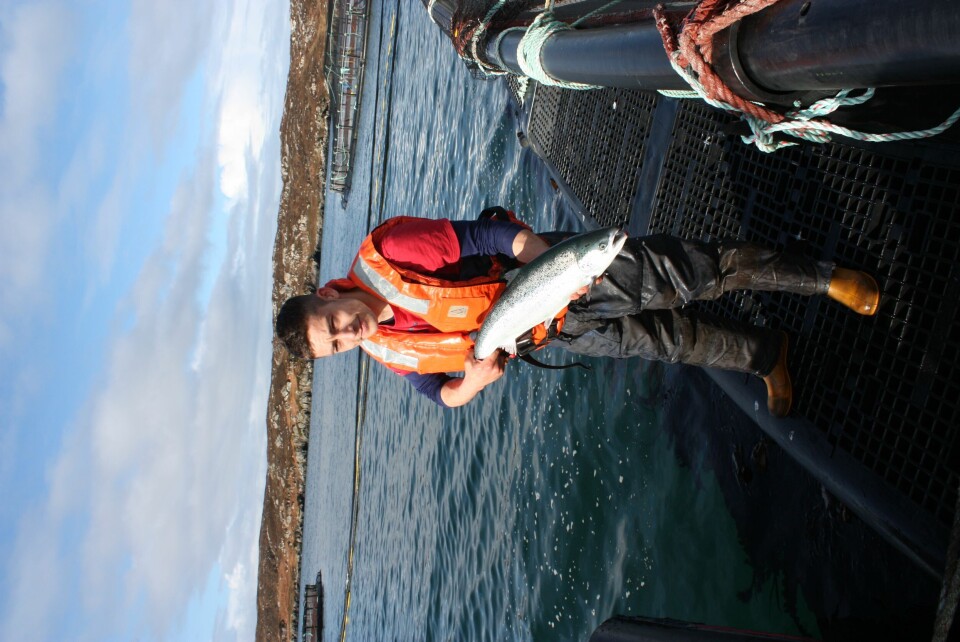
Record prices for Scottish Salmon Company
The Scottish Salmon Company has reported the best EBIT/kg in its history as first quarter 2017 revenues reached £35 million, up from £29.1m in 2016.
Driven by operational improvements, EBIT/kg was £1.67 (up from £0.30 in Q1 2016). Harvested volumes were 5,685 tonnes, down from 6,741 tonnes last year. EBITDA was £11.4m, up from £4.2 in Q1 2016.
During the quarter, the company received a positive decision notice for a site at Portree on the Isle of Skye with an additional 2,000 tonnes of consent. This brings the operations in that location to more than 4,000 tonnes capacity. Smolt release will commence in September 2018, with first harvests anticipated to start in late 2019.

Craig Anderson, chief executive officer, said: “We remain firmly focused on our long term growth strategy and new site development is an integral part of this strategy. The development of the site at Portree demonstrates this and complements our existing Hebridean operations.
“We have made positive steps to address the biological challenges introducing new initiatives including the commissioning of a hydrolicer and an additional well boat to increase operational efficiencies and increase flexibility."
Strong demand for premium product
He added: “The global salmon market remains strong and prices are forecast to remain firm. Demand at home and overseas for Scottish salmon as a premium food product continues. Our aim remains to capitalise on this with our continued drive on exports together with a focus on developing long term customer partnerships. Our Native Hebridean development complements the increasing trend of food provenance which is core to our marketing drive for overseas sales.”
Industry wide biological challenges remain, however, and had an impact on costs in 2016 and which followed through into the first quarter 2017.
In Q1 2017, export sales accounted for 47 per cent of value, compared to 43 per cent in Q1 2016.
The company said the outlook is for continued strong demand and with limited global supply growth this paves the way for firm prices throughout 2017 and into 2018. It expects to harvest about 25,000 tonnes in 2017.























































